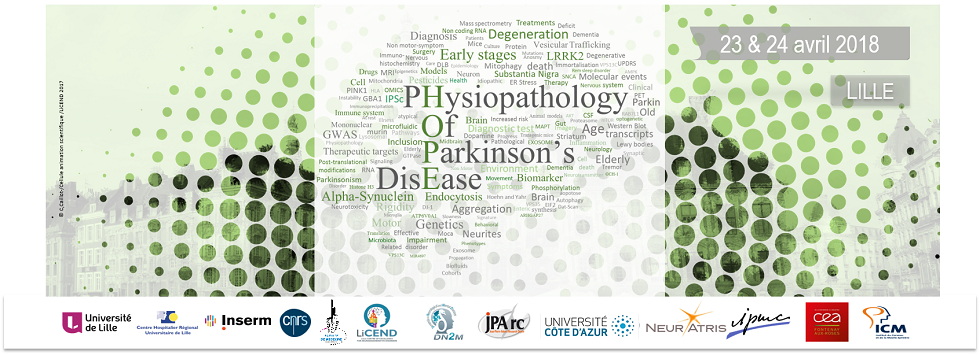Disturbance in the central muscarinic cholinergic system has been implicated in several neurodegenerative pathologies. In Parkinson's disease (PD), despite evidence showing that anticholinergic drugs are of clinical relevance, the causal role of striatal cholinergic interneurons (CINs) in PD pathophysiology remains elusive. Here, by combining optogenetics, behavioral testing and both ex vivo and in vivo electrophysiological recordings, we show that optogenetic inhibition of CINs alleviates motor deficits in PD mice models, providing direct demonstration for their implication in parkinsonian motor dysfunctions. As neural correlates, CIN inhibition in hemi-parkinsonian mice i) differentially impacts the excitability of striatal D1- and D2-medium spiny neurons, ii) normalizes pathological bursting activity in the substantia nigra pars reticulata, the main basal ganglia output structure in rodents, and iii) increases the functional weight of the direct striatonigral pathway in cortical information processing. By contrast, CIN inhibition in non-lesioned mice does not affect locomotor activity, equally modulates medium spiny neuron excitability, and does not modify spontaneous or cortically-driven activities in the basal ganglia output, suggesting that the role of these interneurons in motor function is highly dependent on dopamine tone.
Supported by France Parkinson, Fondation de France and ANR.

 PDF version
PDF version
